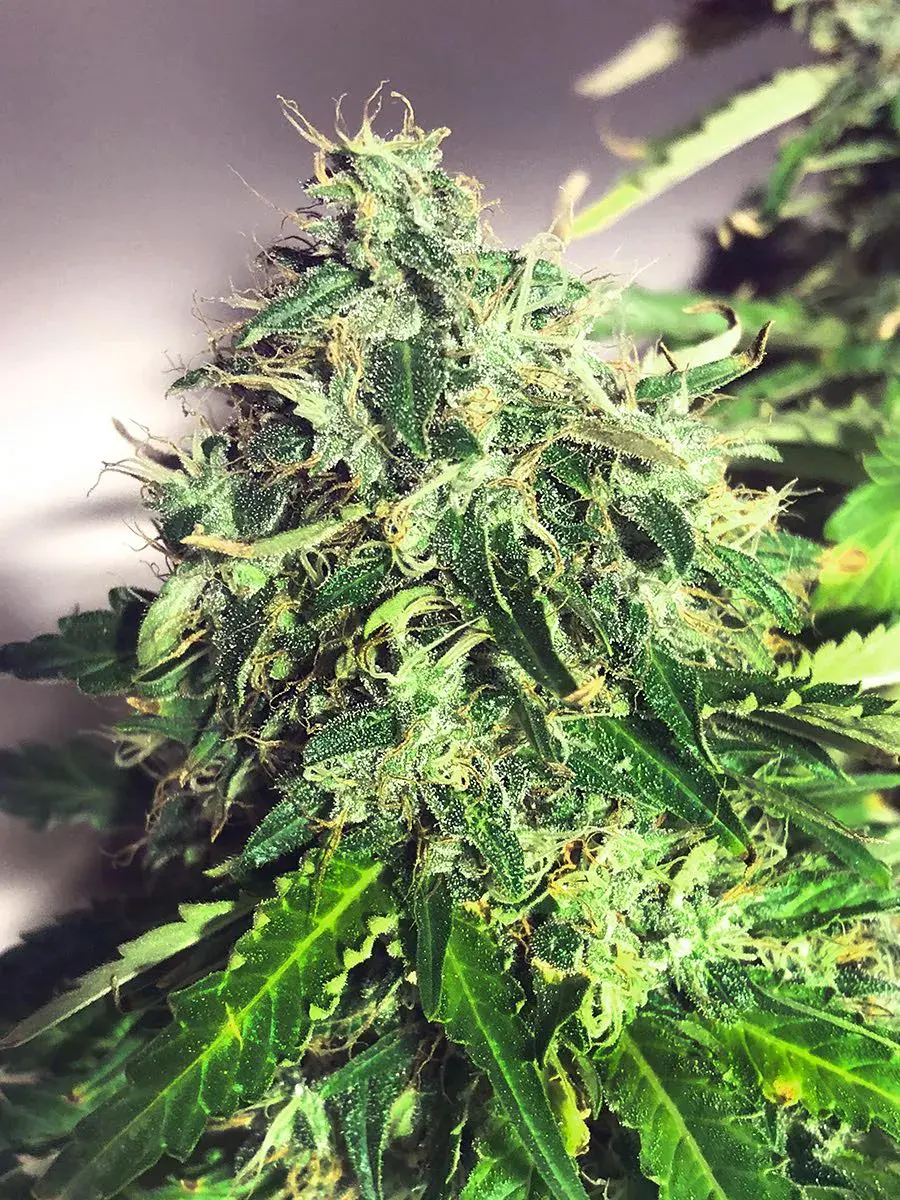The intertwining of cannabis cultivation with climate has always been intricate, shaping not only the growth patterns but also the potential yields and quality of the harvest. As we explore how climate affects autoflowering cannabis growth, let’s delve into the world of cannabis auto—a dynamic choice for both novice and seasoned growers looking to optimize their horticultural endeavors.
Understanding Autoflowering Cannabissamen
Autoflowering cannabissamen possess unique characteristics that set them apart in the cannabis cultivation industry. These seeds are genetically programmed to automatically transition from the vegetative stage to the flowering phase without the need for specific light cycles. This trait simplifies the growing process considerably, enabling both indoor and outdoor cultivation with ease.
Climate’s Role in Optimizing Autoflowering Cannabis Growth
Temperature Control: Autoflowering cannabis plants thrive in milder temperatures, ideally between 20°C and 25°C. Unlike their photoperiod counterparts, these plants can grow in less predictable climates. However, extreme conditions—either too hot or too cold—can hinder growth. Maintaining a stable environment encourages robust development, leading to healthier yields.
Light Exposure: Despite their nature to flower autonomously, autoflowering plants still benefit from ample daylight. When growing autoflowering samen outdoor, or automatic samen outdoor, longer days with more intense light bolster the growth cycle, enhancing the photosynthesis process essential for vigorous plant development.
Humidity Levels: Managing humidity is crucial in preventing mold and disease while promoting vital transpiration. Autoflowering cannabis varieties, including autoflower samen and autoflowering samen indoor, generally prefer lower humidity levels during their rapid flowering phase.
Air Circulation: Good air quality and sufficient airflow are indispensable for supporting healthy auto flowering plants. Outdoor natural breezes and well-ventilated indoor setups help safeguard against pests and diseases, contributing positively to plant health and bud quality.

Advantages of Autoflowering Cannabis in Diverse Climates
The adaptable nature of autoflowering cannabissamen means they can flourish in various environmental settings:
Shorter Growing Season: In cooler regions where the growing season is abbreviated, autoflowering varieties provide a significant advantage as their quick life cycle allows them to complete their growth before the onset of harsh weather.
Geographical Flexibility: For growers in regions with inconsistent daylight hours or where light intensity can fluctuate notably such as northern or very southern latitudes, autoflowers become an excellent choice given their non-dependence on light cycles.
Efficient Use of Space: Smaller and more compact, autoflowering plants are ideal for growers with limited space, which means even a small terrace or balcony can turn into a thriving garden of autoflowering samen indoor or outdoor.
Continuous Innovation in Autoflowers
Continuous advancements in breeding have led to higher yields from autoflower crops, further making them a rewarding endeavor for many cultivators worldwide. Their resilience and straightforward growing process allow cultivators to focus more on refining their growing techniques and less on controlling complex environmental conditions.
For more insights into high-quality cannabis seeds and industry recognition, readers might find this resource helpful: https://www.globenewswire.com/de/news-release/2025/05/22/3086993/0/en/B…
With the ever-expanding genetic pool and tailored growth techniques commercially available, adapting to different climate conditions while minimizing environmental stress on autoflowering cannabis plants not only ensures a successful harvest but enriches the overall cultivation experience. Thus, harnessing the power of autoflowers effectively decreases risk and maximizes output—a truly forward-thinking approach in modern cannabis agriculture.
